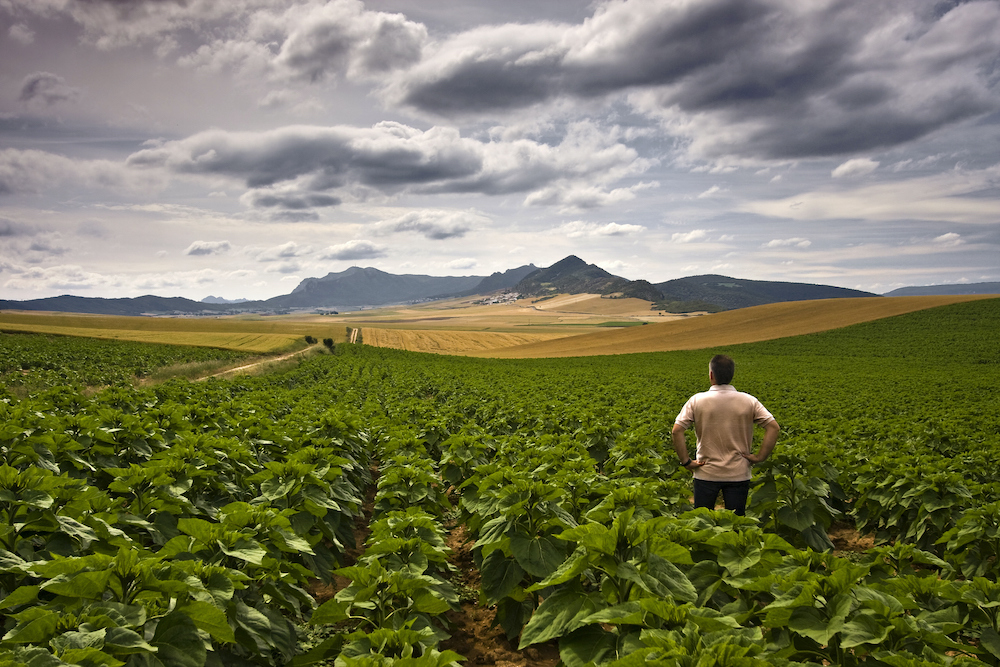Opinion: New markets are essential for SA's future export rise

By Hortgro Services agricultural economics information manager Mariette Kotzé
 While South Africa is a tiny producer in terms of global fruit volumes, its future production over the next five years looks set to rise significantly presenting the country with the challenge of developing new markets.
While South Africa is a tiny producer in terms of global fruit volumes, its future production over the next five years looks set to rise significantly presenting the country with the challenge of developing new markets.
South Africa is a relatively small player in the world context with specific reference to total production - on average Souht Africa contributes only 1% to the total world production of top fruit (apples and pears) and stone fruits (apricots, peaches nectarines and plums). However South Africa is a relatively larger (18%) player in a Southern Hemisphere context and is also regarded as a major Northern Hemisphere supplier of these specified fruits from the Southern Hemisphere (see table 1).
Table 1: Percentage Contribution of SA fruit production to World & Southern Hemisphere (Source: FAO, 2011)
| Fruit kind | World Production (tons) | SA Production (tons) |
SH Production (tons) | % SA production vs World | % SA production vs SH |
| Apples | 69,567,526 | 740,459 | 4,618,709 | 1% | 16% |
| Pears | 22,638,098 | 366,216 | 1,386,994 | 2% | 26% |
| Apricots | 3,442,450 | 58,942 | 111,842 | 2% | 53% |
| Peaches & Nectarines | 20,278,439 | 152,240 | 1,169,479 | 1% | 13% |
| Plums | 11,149,461 | 59,504 | 542,504 | 1% | 11% |
| TOTAL | 127,075,974 | 1,377,361 | 7,829,528 | 1% | 18% |
The SA top and stone fruit industries finalized the latest tree census information during January 2012 that includes the plantings that have been made in 2011. Total deciduous fruit plantings (including dry & table grapes) totalled just over 76,400 hectares. It is evident from figure 1 that the total area planted to deciduous fruit in SA decreased from 2001 (76,457 hectares) to 2007 (73,700 hectares) after which the total industry (with the exception of Pears, Apricots and Cling peaches) recovered to more or less the same level as in 2001. This trend for total deciduous fruit area (hectares) is meaningless if the differences and the implications on production and exports per se of these fruit kinds are not considered.
The long-term area trends for top fruit and stone fruits are reflected in figures 2 and 3 respectively.
From figure 3 it is evident that the area planted to apricots and cling peaches has decreased substantially, mainly due to low profitability of the canning industry. The largest portion of apricot and cling peach production is destined for the canning market. However the long-term trend for apricot and cling peach fresh varieties remained more stable.
The apricot and cling peach industries were also characterized by a large number of old orchards, past the productive lifespan of 25 years, which was removed in the last decade and not replaced with the same fruit kinds. Growth occurred in apple, nectarine, dessert peach and plum plantings, whilst pear plantings have remained stable over the last five years.
This tree census information as well as the export performance of the different fruit kinds over the last five years forms the basis for SA industry’s export volume projections for the medium term (next five years). Positive medium term export projections are anticipated on all fruit kinds with most of the growth in export volumes stemming from apples, nectarines, dessert peaches and plums, which are in accordance with the increase in plantings (see table 2 for details in fruit kind.)
Table 2: Medium term export projections (2012 - 2017)
|
Fruit Kind |
2010 |
2011 |
2017 |
% Diff |
|
Apples |
298,559 |
318,966 |
354,695 |
11% |
|
Pears |
186,009 |
178,075 |
191,313 |
7% |
|
Plums |
49,331 |
49 ,037 |
63,920 |
30% |
|
Nectarines |
6,321 |
8,835 |
10,630 |
20% |
|
Apricots |
4,190 |
6 ,097 |
6,568 |
8% |
|
Dessert peaches |
2,494 |
2 ,970 |
3,971 |
34% |
|
TOTAL |
546,904 |
563 980 |
631 097 |
12% |





































